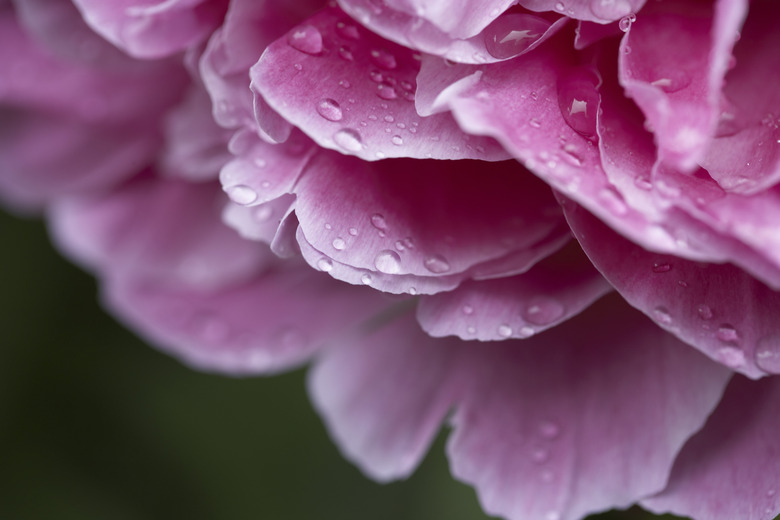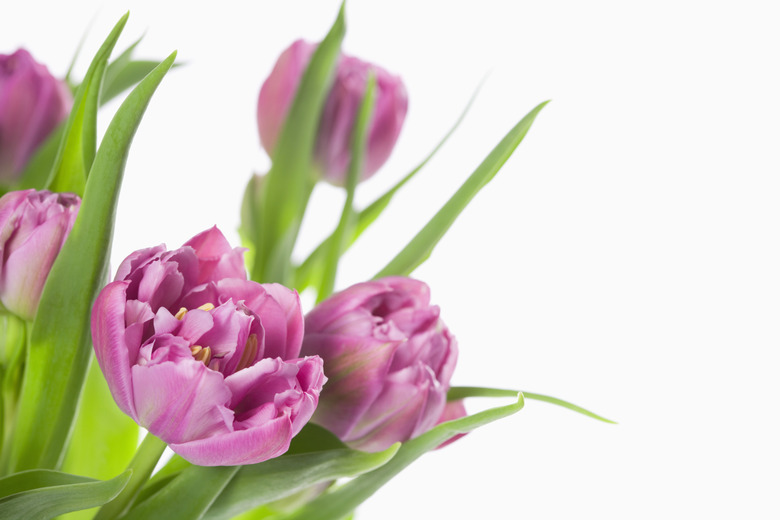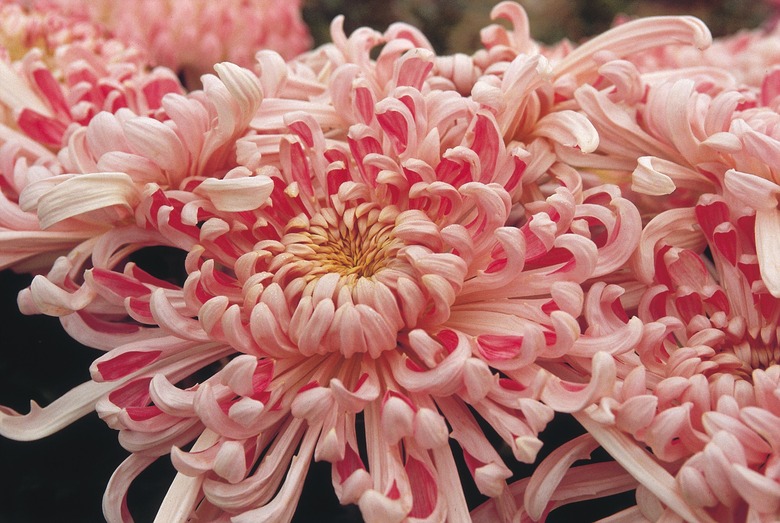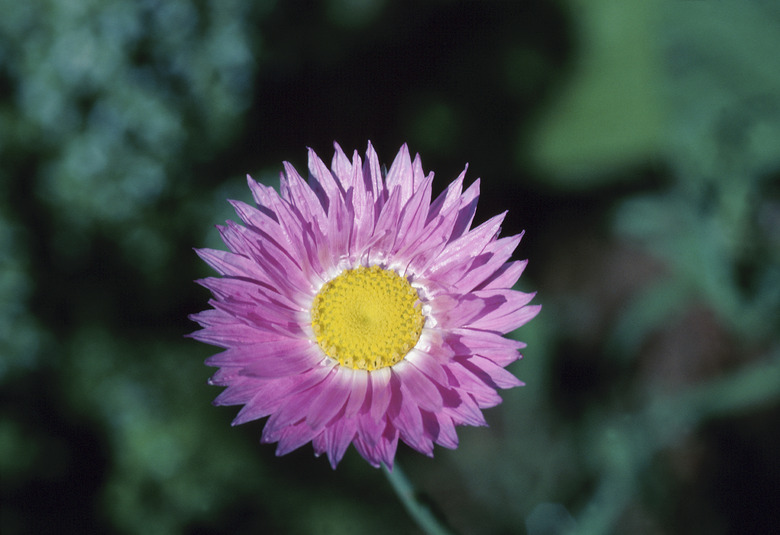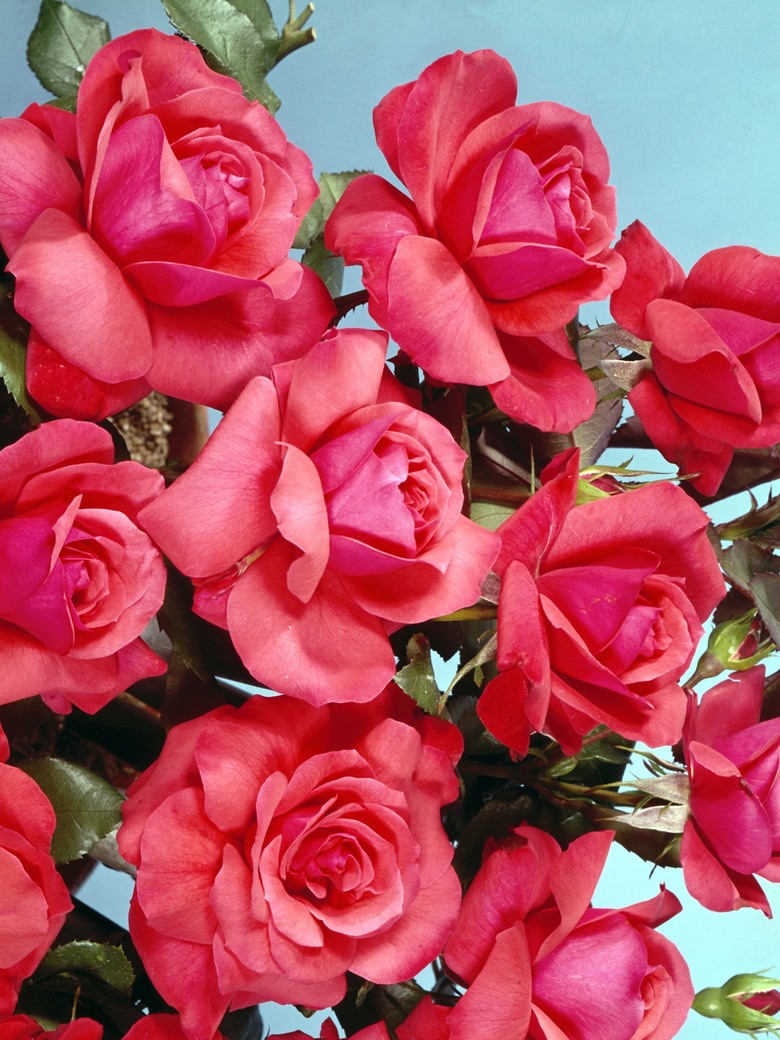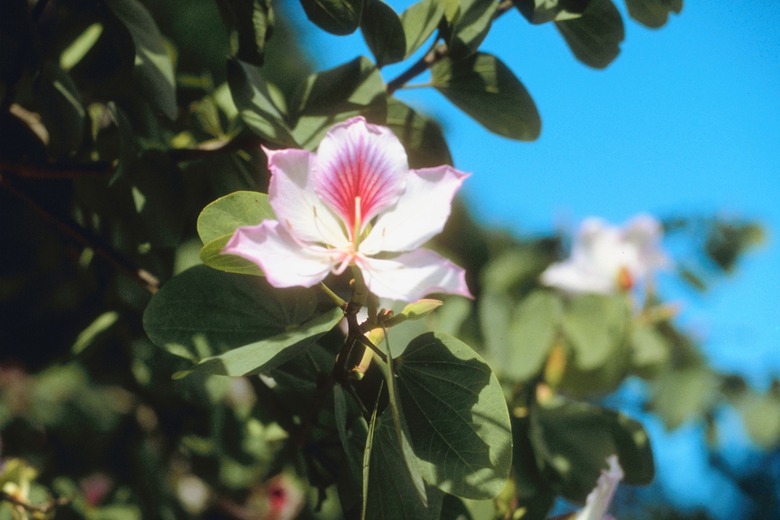Flowers Similar To Peonies
Peonies are one of the mainstays of perennial gardens the world around and a favorite with brides, as well. These fragrant flowers typically have large rounded blooms with up to 100 petals, although there are single and semi-double varieties available. However, their short blooming period in late spring sends gardeners and flower arrangers alike looking for good stand-ins. Here are some flowers that make excellent substitutes.
Double Tulips
There are many double tulips that have been bred to have lots more than the usual 6 petals. "Angelique" is the most commonly known variety, with masses of clear pink petals. Other bulbs available have white, purple, red, and variegated flowers. Bulbs are planted in the fall and bloom in the spring. They need a cold spell in winter and excellent drainage to do well in the garden. Double tulips are widely available from florists.
- Peonies are one of the mainstays of perennial gardens the world around and a favorite with brides, as well.
- There are many double tulips that have been bred to have lots more than the usual 6 petals. "
Ranunculus
Another bulb that resembles peonies is the ranunculus. These flowers are smaller than peonies but have a similar tightly-packed petal structure. They are available in white and warm primary colors like red, orange and pink. Plant these bulbs in masses in the fall. They are sometimes available as potted plants in the spring and from florists.
Dahlias
Dahlias come in every conceivable color and petal configuration, including one class known as peony-flowered dahlias. These 3-foot high plants make a good fall substitute for peonies. The flower form is more open than ball-like, resembling semi-double peonies. They are easy to grow in sunny gardens and are sometimes available from florists.
- Another bulb that resembles peonies is the ranunculus.
- The flower form is more open than ball-like, resembling semi-double peonies.
Chrysanthemums
Large football mums make excellent substitutes for peonies. The globe-shaped flowers measure 5 or 6 inches across and have sturdy stems that support the blooms well in bouquets. These fall flowers are available all year round from florists. They are also easy to grow in sunny flower gardens. They are most commonly seen in typical fall colors like white, yellow, orange, rust, and dark red.
Roses
Some roses, particularly the old fashioned cabbage roses and the newer David Austin English roses, have extremely high petal counts and rounded shapes that resemble peonies. Good varieties to try are "Gertrude Jekyll," "Eglantine" and "Jubilee Celebration." Some florists do not carry these types of roses and you may need to try a specialty florist to order them. The shrubs are easy to grow in home gardens.
- Large football mums make excellent substitutes for peonies.
- Some roses, particularly the old fashioned cabbage roses and the newer David Austin English roses, have extremely high petal counts and rounded shapes that resemble peonies.
Magnolias and Other Flowers
Several trees have flowers that mimic peonies, especially the Southern Magnolia, a magnificent tree common in the US South. The huge white flowers resemble single peonies rather than the rounded double types. You can sometimes find magnolia branches at florist shops in the spring.
Another tree with flowers very similar to magnolia is the Franklinia, a small tree native to the East Coast. It was named for Benjamin Franklin. You can find the trees in nurseries in the spring.
Camellias are large shrubs with both single and double peony-like flowers, usually in white or shades of pink or red. They grow well in the American South and along the Pacific Coast. There are both spring- and fall-blooming varieties of camellias. Florists often carry camellia branches during their blooming season.
- Several trees have flowers that mimic peonies, especially the Southern Magnolia, a magnificent tree common in the US South.
Double petunias are summer annuals with fragrant ruffly flowers, often bicolored. They are easy to grow but seldom available from florists.
